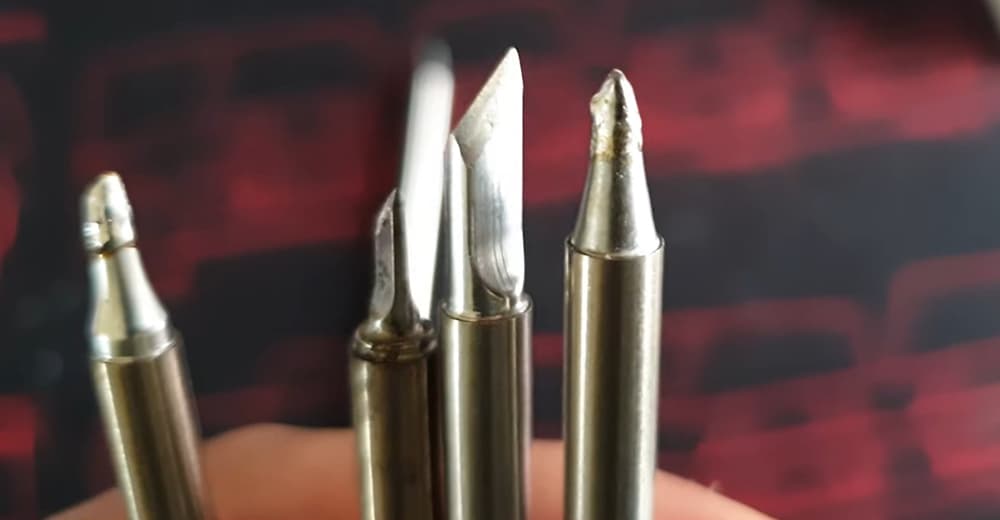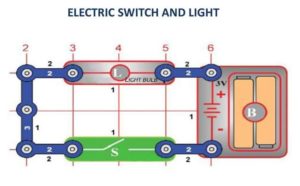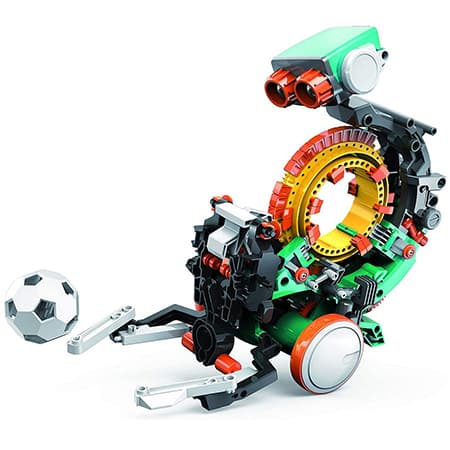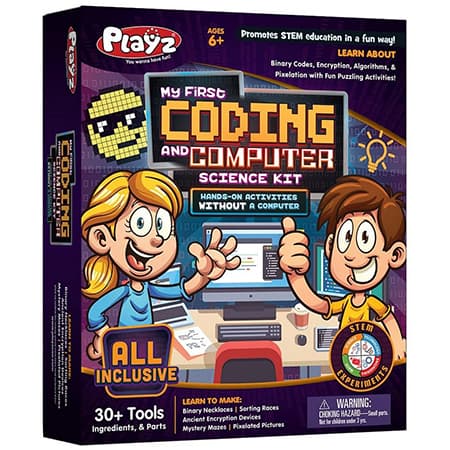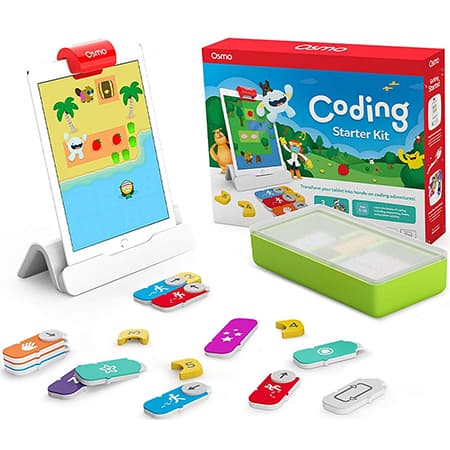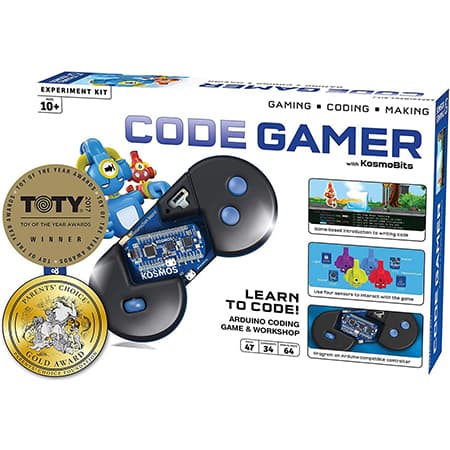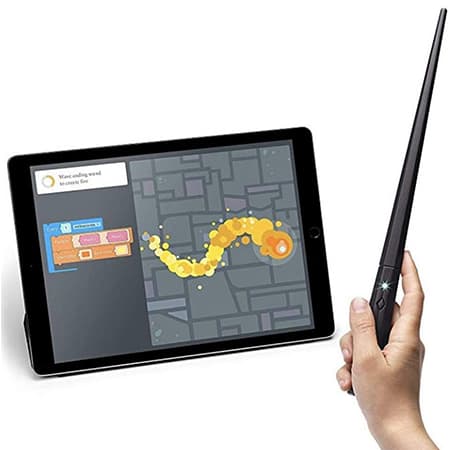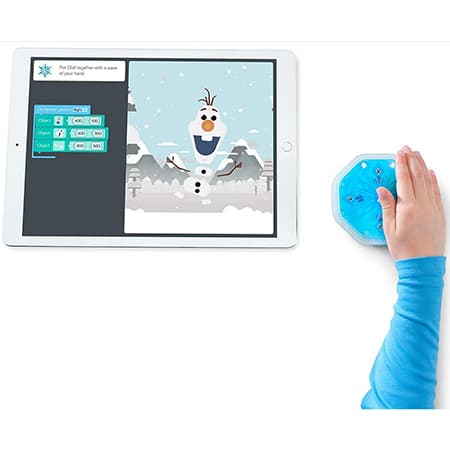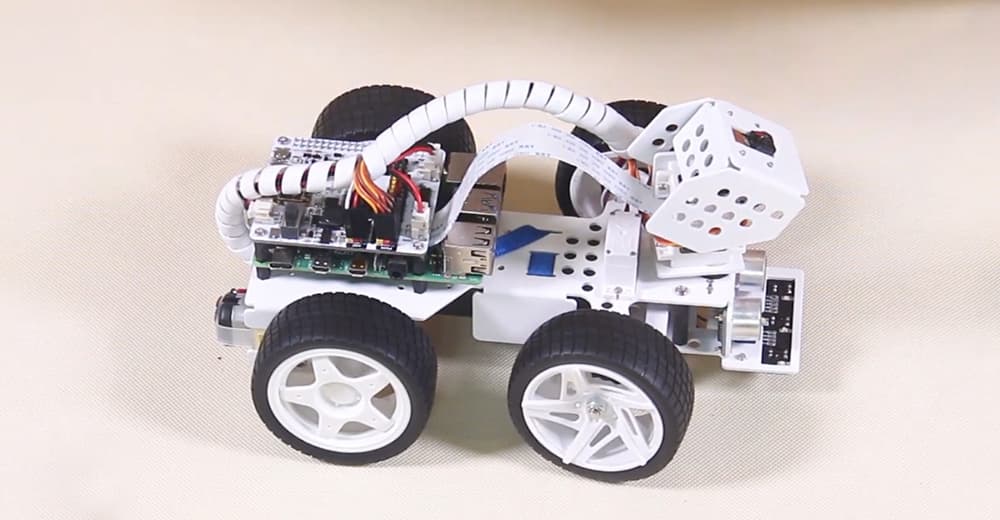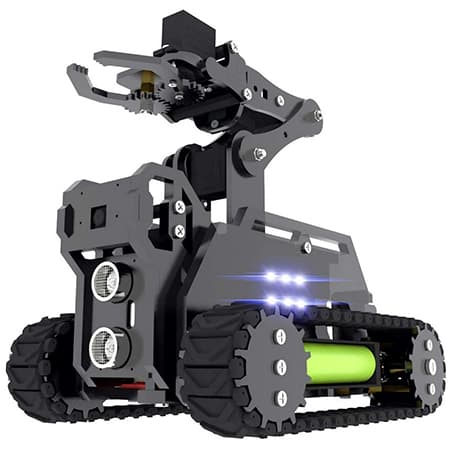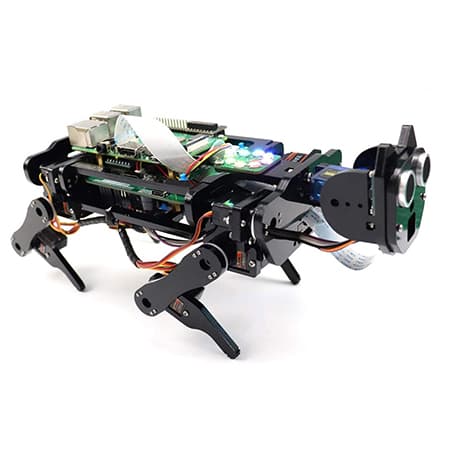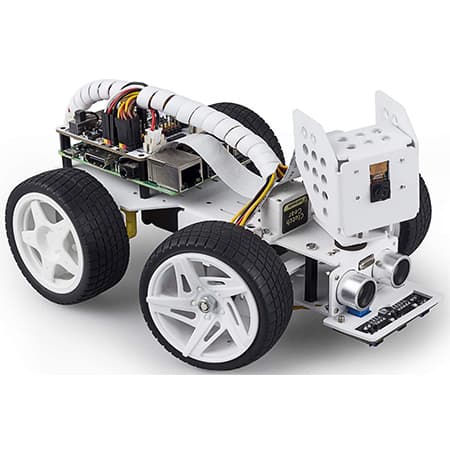Today I will tell you how to choose a 3D printer and what parameters are important to pay attention to when buying.
What features should you evaluate in a 3D printer?
So many 3D printers and so many selling points for each 3D printer. How can you know which one is best for you? Here’s a list of details you should keep in mind before you choose a 3D printer. These are the things that will affect your final decision.
How to choose a 3D printer, you need to think about what it will be used for:
1) Speed
Influences how fast the 3D Printer can make your model. This is measured in mm/s. Sometimes 3D printers can take longer than expected to make some parts. Fortunately, you can change the printing speed of the 3D printer. The maximum speed of a 3D printer ranges from 50 mm/s to 150 mm/s, and sometimes even more. The difference between the slowest and fastest 3D printer is significant. 100 mm / s instead of 40 mm/s is hours of time saved. Faster 3D Printers are more expensive, but you get what you pay for. If you have extra money to spend, buy a faster one! Keep in mind that speeds above 150 mm/s tend to reduce quality.
2) Quality
Affects the thickness of the layer. High quality = smooth parts. 3D Printer Quality refers to the highest resolution at which a 3D printer can print. Resolution is measured in microns. Microns are very small units of measurement. A micrometer is 0.00004 inch or a millionth of a meter. The lower the highest resolution, the better the print quality and precision. A 3D printer with a resolution of 25 microns (0.025 mm) will provide a very high quality print. A resolution of 150 microns (0.15 mm) is a lower quality print, while 100 microns is average quality. Budget 3D Printers will usually have a maximum resolution of at least 100 microns. This is usually fine unless you are creating product prototypes or tight moving parts. However, keep in mind that print quality also depends on the material used and the printing technology of the printer you choose (see below). For example, a part printed using SLA will be higher quality than a part printed using FDM.
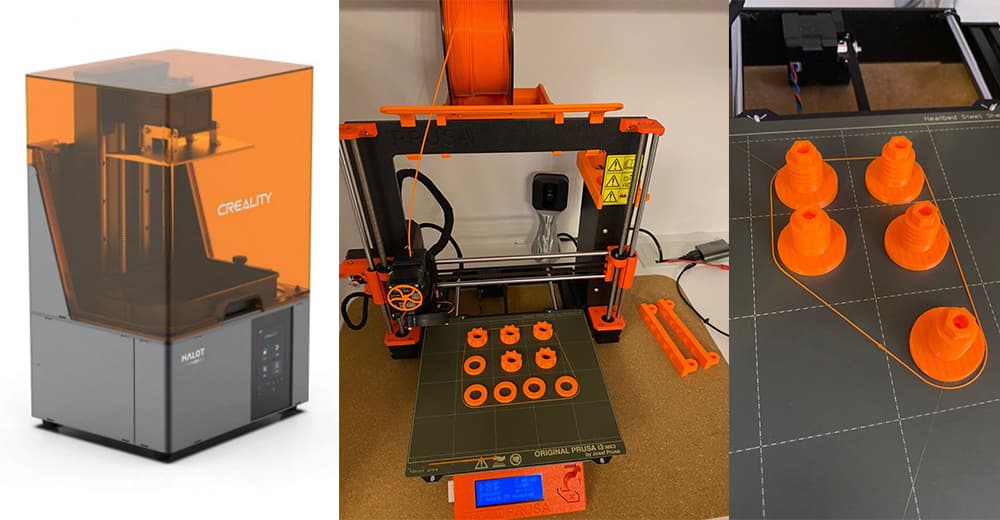
3) The printing platform
The object you are 3D printing is made on a printing platform. A good printing platform will ensure that the printed object sticks to it during printing and comes off easily after printing. The printing platform is where the filament is placed and is supposed to form a uniform object. Like the print head, the print platform affects overall performance. The printing platform can be heated or unheated, it depends on the type of filament used and the manufacturer’s instructions. A 3D printer with only a non-heated platform is safer and applies to PLA and other materials that don’t require a heated surface, but it limits the use of other filaments. With a heated print platform, you can print with more materials including ABS, ASA, PC and HIPS. The printing platform comes in a variety of configurations. Some are magnetic, allowing for easy maintenance and quick removal of completed prints. The material of the printing platform is also a factor. An aluminum printing platform heats up faster and won’t break when accidentally bumped. A glass printing platform offers a flat surface, is easier to clean, and is not prone to warping.
4) Print dimensions and volume
Something that most beginners forget to evaluate is the volume of the printer. There are 3D printers designed for desktop computers and also there are larger printers designed for more professional use. The larger the volume the larger models can be made. Most hobbyists choose 3D Printers small enough to fit on desktop computers. Of course, a larger print volume usually comes with larger printer dimensions, so make sure you have enough room if you plan on making large prints. Also, printers vary with respect to the frame: it can be open or closed. A closed frame will reduce the sound and smell from some fibers like ABS and is safer if you have children or pets.
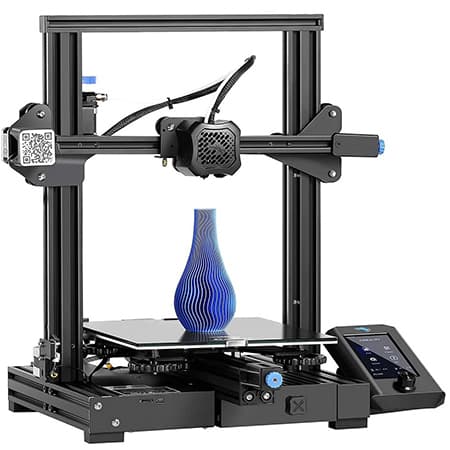 Ender 3 V2 3D Printer
Ender 3 V2 3D Printer
- 100% ORIGINAL FACTORY CREALITY ENDER 3 V2
- ULTRA SILENT MOTHERBOARD
5) Connection
This is related to ease of use. You need a way to transfer the 3D model to the 3D printer. This can be done through WiFi, USB, SD card and other methods. When choosing a 3D printer, consider the connection options available at the beginning. Some can connect via USB and SD card or one of those listed. There are also 3D Printers that can connect via Wi-Fi or Ethernet. The connection options may affect where the 3D Printer is placed. A 3D Printer that has SD card transfer (through a built-in interface) can be placed virtually anywhere in the room. In contrast, a 3D Printer that connects via USB will need to be placed close to the computer, resulting in a more crowded desktop.
6) Number of print heads and their type
Some 3D printers have more than one print nozzle. This allows multiple materials to be printed simultaneously. The configuration and quality of the entire printhead affects print quality, print speed, and material compatibility. The printhead is divided into two sections, each designed for a specific task: cold end and hot end.
The cold end (extruder) pulls the filament from the spool and pushes it to the hot end (hotend), which melts the filament and deposits it on the print bed to form a uniform object. The configuration and quality of the entire printhead affect print quality, print speed and material compatibility.
Extruder: with the cold end, you need to check the filament feeder system, which occurs in a direct drive configuration or a Bowden configuration. In the former, the cold end is on top of the hotend, which means the print head has more mass to carry, affecting print speed. In the latter, the cold end is separate. It is mounted somewhere on the frame, making the hotend move faster. While a direct drive is most recommended for flexible materials, an optimized Bowden can also get the job done.
Hotend: with a hotend, there are several things to consider, the most important of which is the maximum operating temperature. Some materials require very high temperatures that can only be achieved with an all-metal hotend. The hotend carries a nozzle, a small hole at the end that extrudes the molten filament and deposits it on the print bed. It comes in various diameters, with 0.4 millimeters being the default diameter for most 3D printers.
The nozzle diameter affects both print speed and print quality. With a smaller nozzle, the 3D Printer can produce smoother and more detailed 3D models, but at the expense of print speed. With a larger nozzle, the opposite is true. On the other hand, the material of the nozzle affects the compatibility of the material. A brass nozzle, which is standard, is good enough for most basic materials and a few composites. But for high abrasion materials, such as metal filled fibers and carbon fiber reinforced fibers, a hardened steel nozzle is recommended.
You can modify the print heads to achieve the desired results. With enough tinkering, a cheap 3d printer can transform into a 3D printer that can print at high resolution and use a wide range of materials.
Dual extruders: some 3D printers are equipped with dual extruders, allowing you to print in two colors without changing the filament mid-print and print more complex 3D models using soluble auxiliary materials such as PVA.
Dual extruder 3D printers come in two variants: Dual Extruder with a single print head equipped with dual nozzles, and Dual Extruder with a pair of print heads that move independently of each other. With independent dual extruders, you can print two of the same 3D models at a faster rate, increasing productivity.
While Dual Extruder 3D Printers may seem tempting, they are not recommended for beginners due to their learning curve and more demanding maintenance. If you feel like a dual extruder setup, you can always upgrade your single 3D printer in the future.
7) Filament size and type
Consumer 3D Printers use either 1.75mm or 3mm filament, with the former being more widely used due to its availability and ease of use. Unless you install the proper hardware, you cannot use 3-millimeter filaments on a 3D printer designed by default for 1.75-millimeter filaments, and vice versa. Choose a product configured for the size of filament you want to print out of the box.
How to choose a 3D printer – Other Additional Features
When it comes to features, not all 3D printers come with extra features. Some are loaded with convenient features that make them better to use. Others are more limited and don’t have more than one or two features but really stand out. Here are some of the features available in 3D printers.
Automatic platform leveling
3D printers equipped with an automatic leveling system are much easier to handle during pre-print setup. With this system, no intensive manual labor is required to get the printing platform perfectly leveled. Just start the system and the 3D printer takes care of the rest. If your 3D printer doesn’t have an auto leveling system, you can always add one in the future, but it would require some tinkering.
Remember that Wi-Fi connectivity is not a reliable indicator of product quality, so don’t be taken in by companies that make their 3D Printer better just because it offers Wi-Fi connectivity.
Assisted platform leveling system (semi-automatic)
An assisted platform leveling system (semi-automatic) differs from a fully automatic bed leveling system in that it analyzes the actual condition of the platform and makes suggestions. The 3D printer automatically scans the print platform and then tells you exactly how to manually adjust the screws under the print bed, with instructions displayed on the built-in interface.
Filament Sensor
With a filament sensor, the 3D Printer will be able to detect and automatically pause printing when there is no filament, giving you the opportunity to load a new spool before resuming printing. Many 3D printers come with a filament sensor out of the box, although some companies do not mention this in their marketing materials.
Power Loss Recovery
With this feature, the 3D Printer will be able to resume the printing process after a sudden power outage. Like the filament sensor, this feature is especially useful when printing large, high-resolution 3D models that take more than 20 hours to complete.
Wi – Fi connectivity
As mentioned above, some 3D printers can connect via Wi-Fi out of the box. A 3D printer with this feature allows you to start prints and monitor print progress from afar, though not all products offer the same remote options. Some only offer the ability to cancel prints, without actual remote visual monitoring.
On-board camera
An on-board camera allows you to remotely monitor print progress on your computer or mobile device. However, few 3D printers offer an integrated camera. With most 3D printers, you have to manually install one, and this requires you to purchase your own camera and place a bracket for the camera.
Touchscreen interface
Some 3D printers have a touchscreen interface instead of a basic LCD interface with controls. Touchscreens vary in quality. Some offer smooth and lag-free operation, while some require an annoyingly hard press to register each input.
If you are a beginner and want to learn as much as possible, you should get a 3D printer that is inexpensive, easy to use, and offers excellent customer service.
For professionals making large and complex items, a printer with a large print volume and two extruders will be the best fit.
For teachers, it is best to have a 3D printer that is fast, easy and safe.
Printers for manufacturing processes and prototyping would require a higher budget to get good quality and performance.
 Ender 3 V2 3D Printer
Ender 3 V2 3D Printer
- 100% ORIGINAL FACTORY CREALITY ENDER 3 V2
- ULTRA SILENT MOTHERBOARD
This 3D printer is famous for being one of the most cost-effective, budget and starter 3D printers that anyone can buy. It is easy to set up, gets a decent maximum resolution, and is safe. For the low cost, problems are rare. I strongly recommend that you check it out because there is not much to lose.
